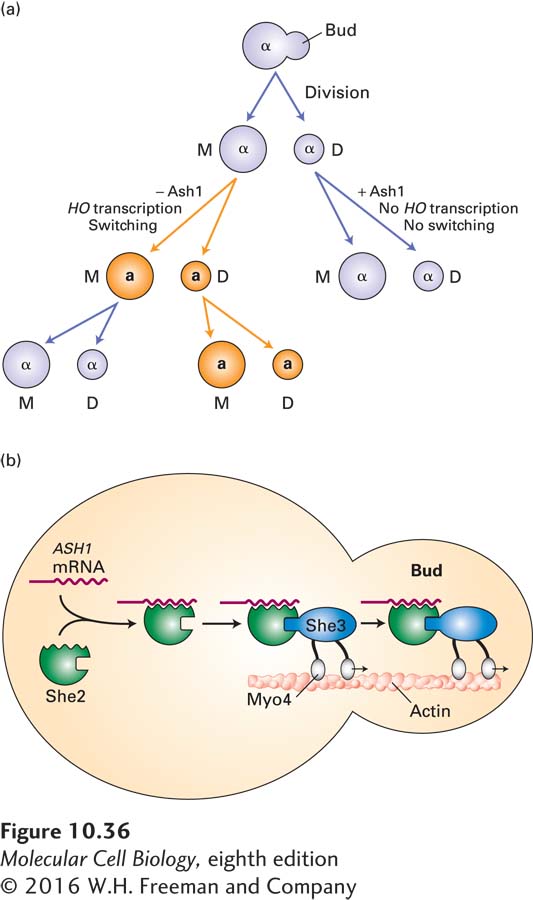
FIGURE 10- g- g- e-